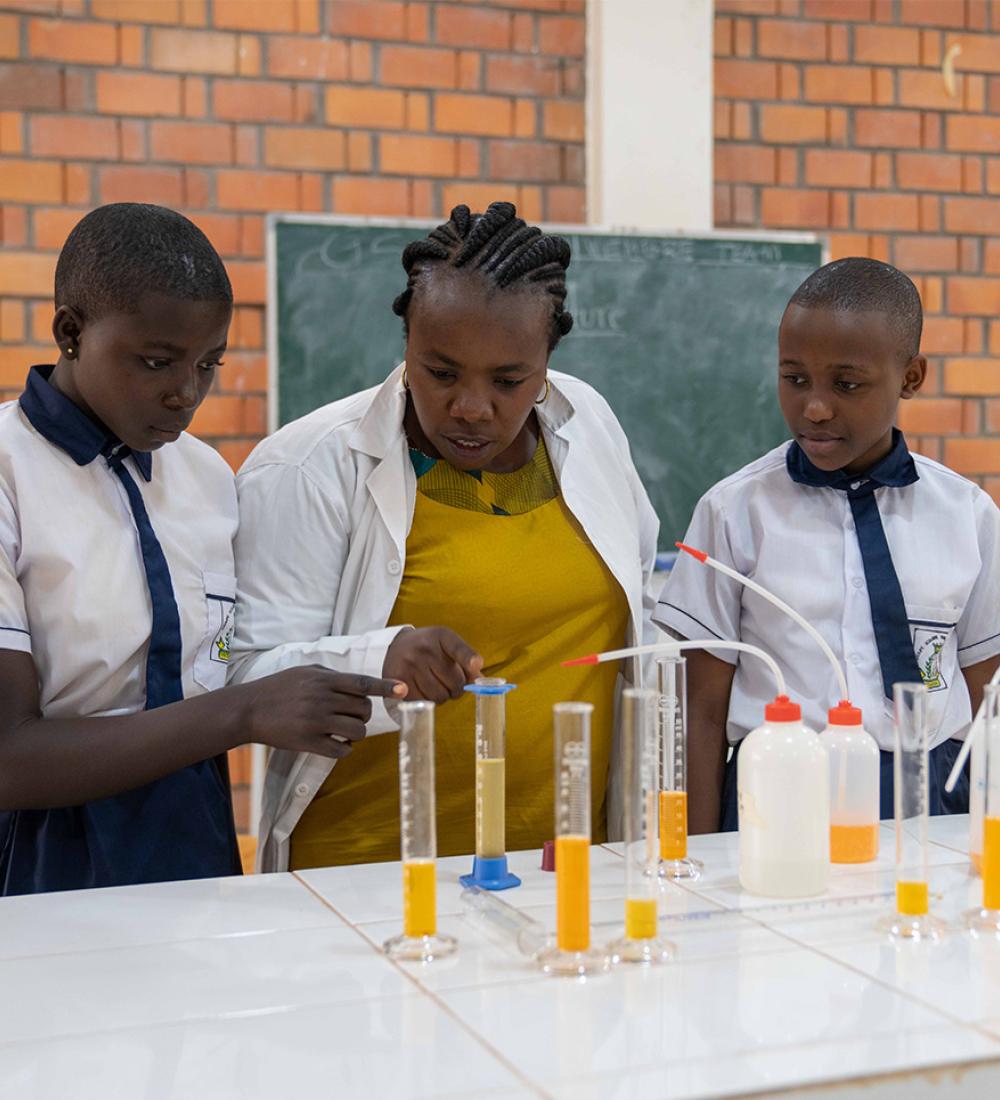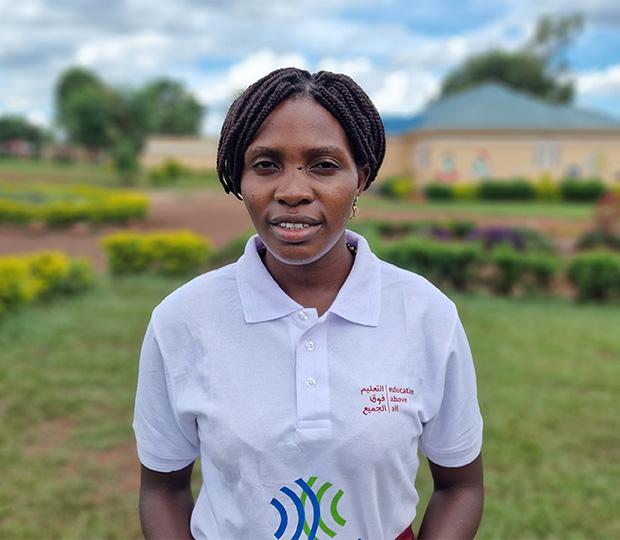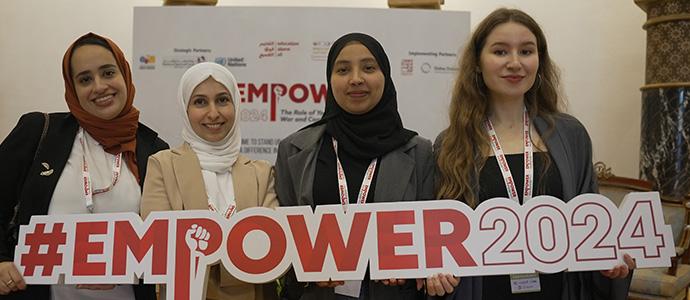Education for Climate Action: Strengthening Youth Capacity to Address Climate Change
ROTA envisions a world where all young people have the skills and capacity to contribute to greener, more resilient, and sustainable communities. By empowering marginalized and climate-affected youth worldwide with essential green skills, knowledge, values, and attitudes, ROTA's mission is to transform these young individuals into capable agents of change who can effectively address the challenges of climate change in their own communities and meaningfully contribute to greener economies.
Our Approach
ROTA adopts a capabilities-based approach that is non-instrumentalist: every young person is seen as an end in themselves, not a means to an end. Strengthening the capabilities of youth is therefore central to their holistic development, enabling each individual to recognize and fulfill their potential. Through this approach, ROTA focuses on creating opportunities for young people to achieve meaningful outcomes for themselves and for society, taking into account their personal characteristics and external influencing factors.
Target Group
ROTA's interventions primarily focus on marginalized youth aged 15 to 24 years in secondary schools, communities, and refugee camps.
- Age Range: While “youth” is commonly defined as 15-24 years, ROTA recognizes that this may vary when collaborating with other partners.
- Refugee/Internally Displaced Youth: Young people living in refugee camps or informal settlements who face heightened vulnerability.
- Marginalized Youth: Individuals or groups experiencing conditions, inequalities, or systemic barriers that prevent them from reaching their full potential and participating meaningfully in society.
Awareness and Advocacy
ROTA does not engage in stand-alone advocacy or awareness campaigns; however, it recognizes the importance of integrating advocacy and awareness components within broader programmatic activities when appropriate. This ensures awareness efforts are purposeful, complementary, and enhance the impact of ROTA's interventions.
Partnership Criteria
Under the Expression of Interest (EOI) criteria, partnerships are evaluated on several factors including co-funding commitments. In line with EAA policy, co-funding must not be less than 50%; therefore, applications with less than 50% co-funding will not be considered. Furthermore, climate and carbon financing will be considered as an added value to the project, enhancing its overall impact and sustainability.
Criteria used to screen incoming Expressions of Interest (EOI):
| Criteria | High | Medium | Low |
|---|---|---|---|
| Potential Impact | More than 30,000/yr. youth participate in Education for Climate Action activities | Between 10,000 and 30,000/yr. youth in Education for Climate Action activities | Less than 10,000/yr. youth participate in in Education for Climate Action activities |
| Cost Effectiveness | Depends on the project design compared to similar interventions | ||
| Implementation Capacity | Successfully implemented relevant project in last 3 years | Successfully implemented similar project previously | Limited indication of implementation capacity |
| Intervention Methodology | Proposed interventions focus clearly on Education for Climate Action and Youth-led Actions to address climate change effects in a measurable way | Partially links identified barriers to strategies | There is weak or no linkage between the barriers and proposed strategies |
| Sustainability | Strong likelihood that impact will continue beyond the life of the project. Strong link with ‘National Strategy’ | Medium likelihood that impact will continue beyond the life of the project | Low likelihood that impact will continue beyond the life of the project |
| Co-funding | ≥ 50% co-funding committed per year with plans for future co-funding | ≤ 50% co-funding committed per year with plans for future co-funding | < 50% co-funding committed per year with no plans for future co-funding |
In addition to the above criteria, kindly ensure that all sections of the EOI are completed and have sufficient information.
The EOI will also be assessed on the strength of the following areas: detailed strategies for identifying and building capacity among marginalised youth; realistic project timeframe; realistic budget; and availability of credible information on secured and planned co-funding. The EOI should have most of these elements to ensure that the proposed project is in a position to achieve the stated project targets and ensure quality programming.
ROTA will evaluate EOIs by using the checklist below to confirm that all the relevant areas have been addressed:
| EOI Pre-Appraisal Checklist | Yes/No | |
|---|---|---|
| 1 | All sections of the EOI are fully completed. | ☐ |
| 2 | The EOI describes strategies for identifying and building capacity among refugee, marginalised youth. | ☐ |
| 3 | The EOI has sufficient details on the proposed activities. | ☐ |
| 4 | Youth lead on actions that address climate change effects in their communities | ☐ |
| 5 | The EOI does not include activities related to community raising awareness, advocacy to change related policies. | ☐ |
| 6 | The proposed timeframe of project is realistic given the project context and barriers in order to achieve stated goals/targets/outcomes. | ☐ |
| 7 | The proposed budget is realistic in order to achieve stated project target and provide quality programming./td> | ☐ |
| 8 | The EOI has adequate details on planned co-funding. | ☐ |
| 9 | The project will be implemented in no more than three countries | ☐ |
| 10 | The deliverables table is clearly filled | ☐ |
| 11 | The youth Led climate Actions table is completed | ☐ |
EOI Submission
Please fill in all fields in the ROTA EOI Template and submit to ROTA via email to rotapartners@eaa.org.qa.
All subsequent queries to ROTA about the EOI should be directed through the same email address.













